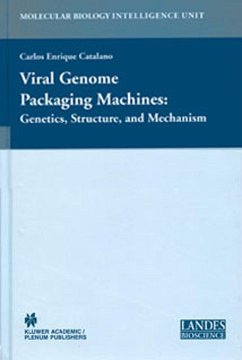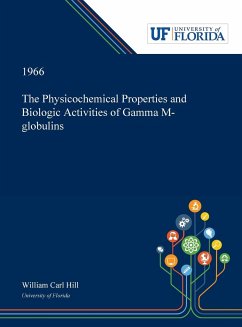
Lipopolysaccharides: Structure, Synthesis and Biological Activities
Versandkostenfrei!
Versandfertig in über 4 Wochen
151,99 €
inkl. MwSt.

PAYBACK Punkte
76 °P sammeln!
Lipopolysaccharides are large molecules found in the outer membrane of Gram-negative bacteria, such as E. coli and Salmonella. Structurally, they consist of three parts: lipid A, core polysaccharide, and O antigen. These molecules play a crucial role in the integrity of bacterial cell wall and function as endotoxins when released into the host organism. Lipid A, the hydrophobic portion, anchors lipopolysaccharides in the bacterial membrane and is responsible for its toxic effects. The core polysaccharide links lipid A to the O antigen, a repetitive carbohydrate structure that varies between ba...
Lipopolysaccharides are large molecules found in the outer membrane of Gram-negative bacteria, such as E. coli and Salmonella. Structurally, they consist of three parts: lipid A, core polysaccharide, and O antigen. These molecules play a crucial role in the integrity of bacterial cell wall and function as endotoxins when released into the host organism. Lipid A, the hydrophobic portion, anchors lipopolysaccharides in the bacterial membrane and is responsible for its toxic effects. The core polysaccharide links lipid A to the O antigen, a repetitive carbohydrate structure that varies between bacterial strains and is essential for virulence and immune recognition. Lipopolysaccharides elicit a strong immune response in mammals, triggering the release of pro-inflammatory cytokines and activating the innate immune system through interactions with Toll-like receptor 4 (TLR4) on immune cells. This book is a compilation of chapters that discuss the most vital concepts in the field of lipopolysaccharides. It covers in detail some existent theories and innovative concepts revolving around immunology. This book is a vital tool for all researching or studying lipopolysaccharides as it gives incredible insights into emerging trends and concepts.












